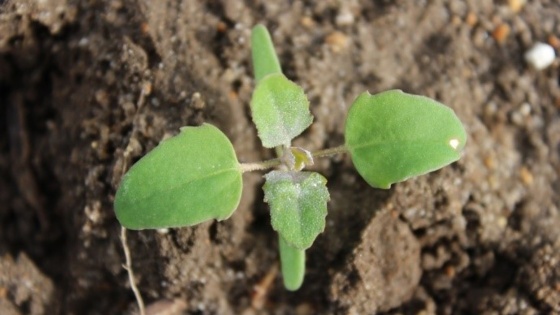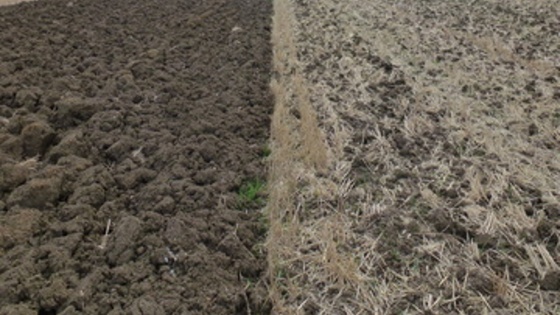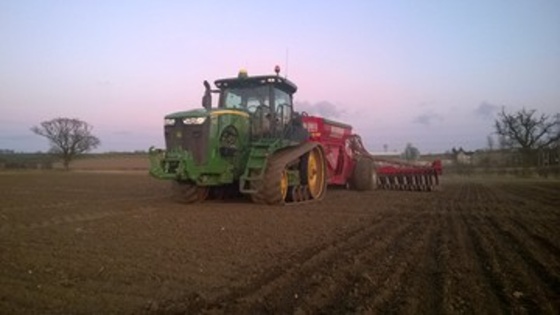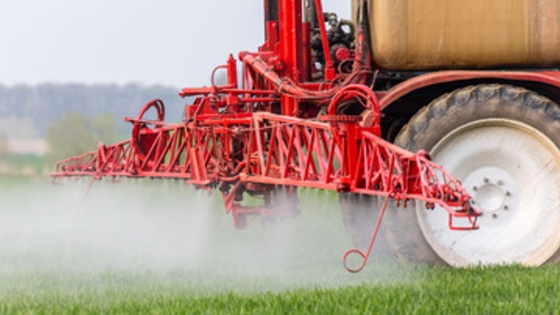Fat hen

Fat hen is an annual dicotyledon, grey-green in colour. It is upright, 20-50cm tall but growing to 2m in crops. The leaves are diamond-shaped to spear-shaped.
The cotyledons are between three and eight times as long as broad and are often mealy. The first true leaves are a rounded triangular shape with smooth edges. Subsequent leaves become more indented at the edges. The undersides are often bright purple. The hypocotyl is long (about 1cm or more).
Fat hen is often single stemmed without spreading branches and the leaves are mealy, particularly young leaves, which is a distinctive feature.
When mature the rather fleshy stems are often striped with pink. The leaves have long stalks and a variable shape, diamond-shaped to spear-shaped, sometimes with sharp-toothed edges. Fat hen has inconspicuous pale green flowers, present in small clusters and are grouped in roughly pyramid shaped flower spikes. They have 4 or 5 tepals (combined petals and sepals) which are partly fused.
Fat hen can be easily confused with Orache, however Fat hen has broader cotyledons than Orache and the underside of Orache cotyledons are bright green whilst those of Fat hen are often bright purple.
It is also often known as Goosefoot.
Cleavers profile
| Number of seeds produced per plant | 3000-20000 |
|---|---|
| Seed shed | Summer through September |
| Germination period | Spring and summer germinator - March to November, main flush March to July |
| Germination depth | 4.8cm |
| Primary dormancy | yes |
| Does it have a secondary dormancy? | Yes |
| Seed longevity | >5 year(s) |
| Factor promoting germination | Light |
| Rate of seed decline with cultivations | 28-52% per year |
| Geographical location | Fat hen is mainly a lowland weed, distributed widely in England and Wales and the arable areas of Scotland. It prefers arable or other cultivated ground. |
| Soil type | It can be found in most soil types but prefers moist, high-nitrogen, humus-rich loams and sandy soil. |
| Impact | Fat hen extracts considerable quantities of nutrients from the soil. There is a tendency for some seed to remain on the plant at harvest time, leading to contamination of crop seed and causing loss of grain and cleaning difficulties. However since it is largely a spring germinator it is less of a problem in winter crops. 5% yield loss from 25 plants per m2 |
| Resistance risk | Populations resistant to simazine have been identified in the UK, more recently resistance to ALS herbicides has been found in USA Canada and Finland. |




